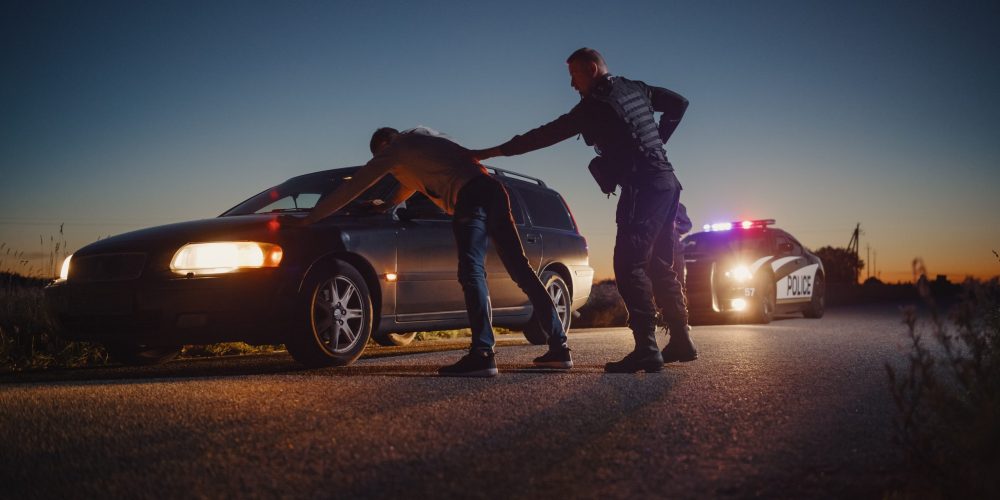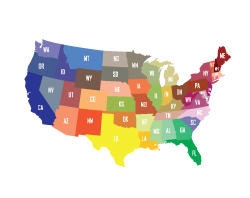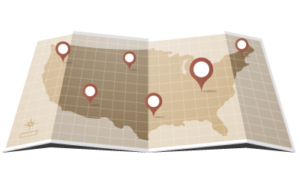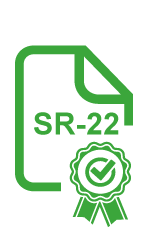Driving under the influence (DUI) remains a significant public safety issue, with its frequency often influenced by various factors, including seasonal changes. The impact of seasonal variations on DUI rates is profound, reflecting changes in social behavior, weather conditions, and law enforcement activities at different times of the year. This article delves into how DUI rates fluctuate with the seasons and explores the underlying reasons for these patterns.
The Seasonal Nature of DUI Offenses
DUI offenses do not occur uniformly throughout the year. They tend to peak during certain periods, influenced by various seasonal activities and holidays.
Summer Surge
- Increased Social Gatherings: Summer months often see a spike in social activities such as barbecues, beach parties, and festivals. The National Highway Traffic Safety Administration (NHTSA) notes that the warm weather encourages more people to travel and participate in events where alcohol is consumed, leading to a higher risk of DUI incidents.
- Holiday Weekends: Major summer holidays like the Fourth of July and Labor Day weekend are particularly notorious for elevated DUI rates. According to the NHTSA, the Fourth of July ranks as one of the deadliest holidays, with alcohol playing a role in a significant portion of vehicular accidents.
Winter Challenges
- Holiday Celebrations: The winter season hosts major holidays such as Thanksgiving, Christmas, and New Year’s Eve, which are associated with high levels of drinking and consequently, a spike in DUI rates. The U.S. Department of Transportation reports a noticeable increase in DUI-related traffic fatalities around these holidays.
- Adverse Weather Conditions: Winter weather can exacerbate the effects of alcohol on driving abilities. Snow, ice, and decreased daylight hours can make driving more hazardous, increasing the likelihood of accidents for impaired drivers.
Spring and Fall Considerations
- Spring Break: This period can see a temporary rise in DUIs, particularly in areas popular with college students on vacation. Coastal regions and cities known for hosting spring break celebrations often prepare for increased law enforcement during this time.
- Fall Festivities: Events like Halloween and football season tailgates can also contribute to higher DUI occurrences. These social events frequently involve alcohol consumption and coincide with increased patrol and checkpoint emphasis by local police.
Prevention and Law Enforcement Strategies
Understanding seasonal trends helps law enforcement agencies to strategically deploy resources and run targeted campaigns aimed at reducing DUI incidents.
- Targeted Patrols and Checkpoints: Many states increase DUI checkpoints around high-risk periods, utilizing data on seasonal DUI trends to maximize their impact.
- Public Awareness Campaigns: Agencies ramp up educational campaigns during peak DUI seasons, emphasizing the dangers of drunk driving and the legal repercussions.
Staying Safe During the Holidays
The seasonal variation in DUI rates highlights the complex interplay between social behavior, seasonal activities, and enforcement strategies. By recognizing these patterns, communities and law enforcement can better prepare and implement measures to reduce the incidence of DUIs, ultimately saving lives and enhancing road safety.
Understanding these trends is also crucial for individuals planning to partake in seasonal festivities. It’s important to plan safe transportation options and understand the increased risks during these peak times. For those facing legal issues related to DUI, resources like 1800DUILaws.com offer valuable information and attorney matching services to help navigate the challenges of DUI charges.








